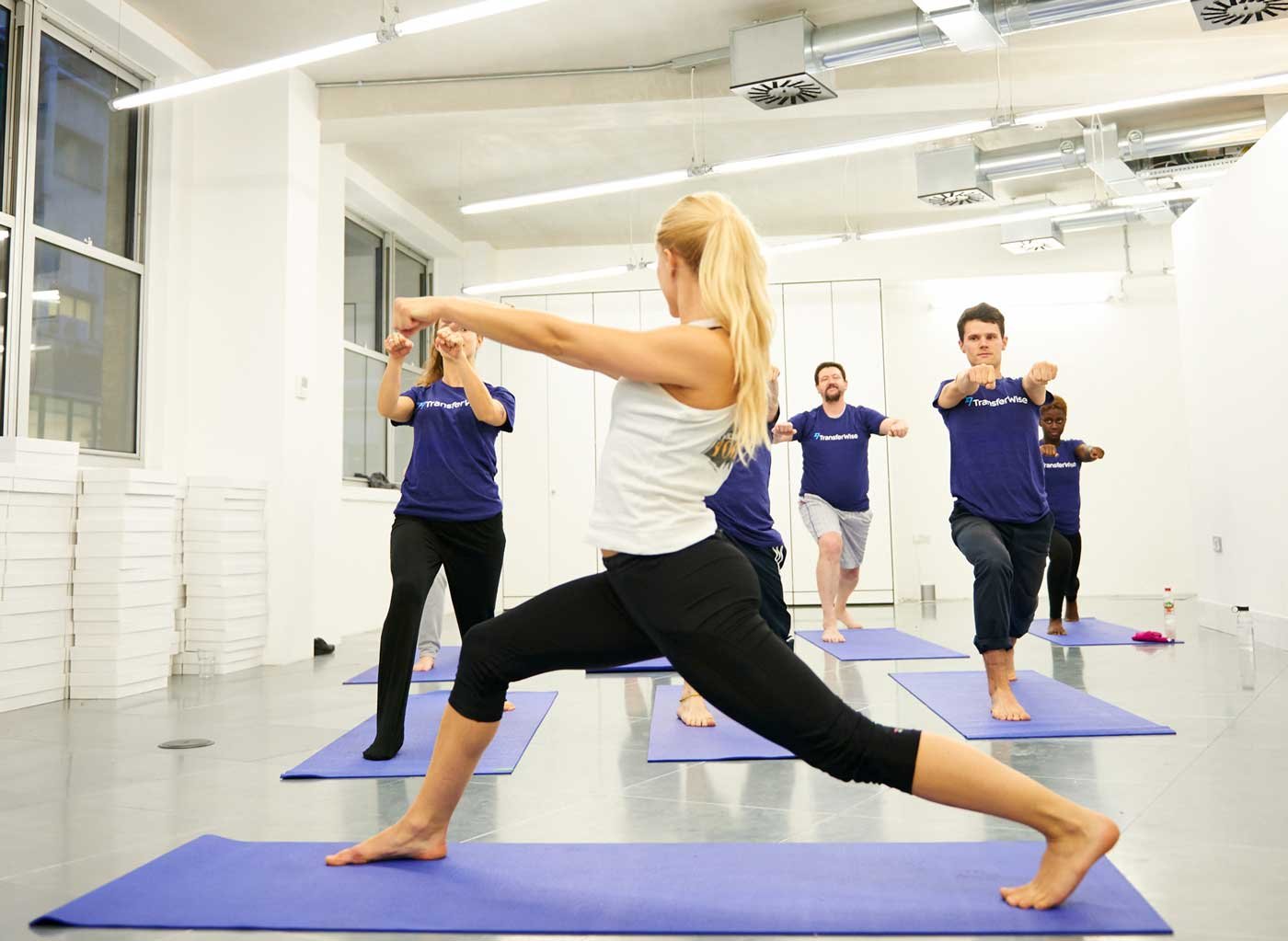
Harnessing Mindfulness and Meditation in the Workplace
Elevating Mental Wellbeing
Harnessing Mindfulness and Meditation in the Workplace
In the bustling landscape of today's workplaces, where deadlines loom large and demands never seem to cease, maintaining mental wellbeing is paramount for employees' productivity and satisfaction. Amidst the chaos, mindfulness and meditation practices offer a sanctuary of calm and clarity, empowering individuals to navigate stressors with resilience and presence.
In this article, we delve into the transformative potential of mindfulness and meditation in enhancing mental wellbeing within the workplace, offering insights into how these practices can foster a culture of balance and flourishing.
Understanding Mindfulness: At its core, mindfulness is the practice of being fully present and engaged in the present moment, without judgment or attachment to thoughts or emotions. It involves tuning into one's sensations, thoughts, and feelings with curiosity and acceptance. By cultivating mindfulness, employees can develop greater self-awareness, emotional regulation, and stress resilience.
Benefits of Mindfulness in the Workplace: Research has shown that integrating mindfulness practices into the workplace can yield numerous benefits for both employees and organisations. From reducing stress and anxiety to enhancing focus and decision-making, mindfulness fosters a conducive environment for creativity, collaboration, and overall well-being. Moreover, mindful employees are better equipped to manage conflicts, adapt to change, and maintain work-life balance.
Introducing Mindfulness Practices: Incorporating mindfulness into the workplace doesn't require elaborate programs or extensive resources. Simple practices such as mindful breathing, body scans, or mindful walking can be integrated seamlessly into employees' daily routines. Offering mindfulness workshops, guided meditation sessions, or digital mindfulness apps can further support employees in cultivating a regular practice.
Creating Mindful Spaces: Designating quiet areas or meditation rooms within the workplace can provide employees with a sanctuary for mindfulness practice. These spaces, adorned with comfortable seating, soft lighting, and calming decor, serve as retreats for employees to recharge and reconnect with themselves amidst the hustle and bustle of the workday.
Promoting Mindful Communication: Mindfulness extends beyond individual practices to interpersonal interactions. Encourage employees to cultivate mindful communication by listening attentively, speaking consciously, and approaching conflicts with compassion and understanding. By fostering a culture of mindful communication, workplaces can nurture trust, empathy, and collaboration among team members.
Leading by Example: Leadership plays a pivotal role in fostering a culture of mindfulness within the workplace. Leaders who embody mindfulness principles in their actions and decisions inspire employees to prioritise mental wellbeing and embrace mindfulness as a core value. Encourage leaders to model mindfulness practices, share personal experiences, and advocate for mindfulness initiatives within the organisation.
Customising Mindfulness Programs: Recognising that one size doesn't fit all, tailor mindfulness programs to meet the diverse needs and preferences of employees. Offer a variety of mindfulness modalities, such as breathwork, meditation, yoga, or mindful movement, to cater to different learning styles and interests. Providing flexibility in participation, whether through in-person sessions or virtual offerings, ensures accessibility for all employees.
Measuring Impact and Feedback: Assessing the effectiveness of mindfulness initiatives is essential for refining and optimising programs over time. Implement surveys, focus groups, or qualitative interviews to gather feedback from employees about their experiences with mindfulness practices. Additionally, track key metrics such as stress levels, productivity, and employee engagement to quantify the impact of mindfulness on workplace outcomes.
Integration with Wellness Programs: Integrate mindfulness initiatives seamlessly into existing wellness programs to maximise synergy and impact. Collaborate with HR departments, wellness committees, or external wellness providers to align mindfulness practices with broader wellness initiatives, such as stress management workshops, mental health resources, or employee assistance programs.
Cultivating a Mindful Culture: Ultimately, cultivating a mindful culture requires a collective effort from all stakeholders within the organisation. Encourage employees to champion mindfulness initiatives, share success stories, and support each other's journey towards mental wellbeing. By fostering a community of mindfulness practitioners, workplaces can create a supportive ecosystem where individuals thrive and flourish.
In conclusion, mindfulness and meditation practices hold immense potential for enhancing mental wellbeing in the workplace, fostering a culture of balance, resilience, and flourishing. By integrating mindfulness into daily routines, creating mindful spaces, promoting mindful communication, and fostering leadership buy-in, organisations can cultivate environments where employees thrive both personally and professionally.
Embrace mindfulness as a guiding principle, and watch as your workplace transforms into a haven of presence, peace, and productivity.
DISCOVER why Corporate BOX™ is the well-being program of choice for the likes of Vodafone, Converse and Chelsea FC, click here.
As Featured In
CorporateBox™ Enjoyed By










































